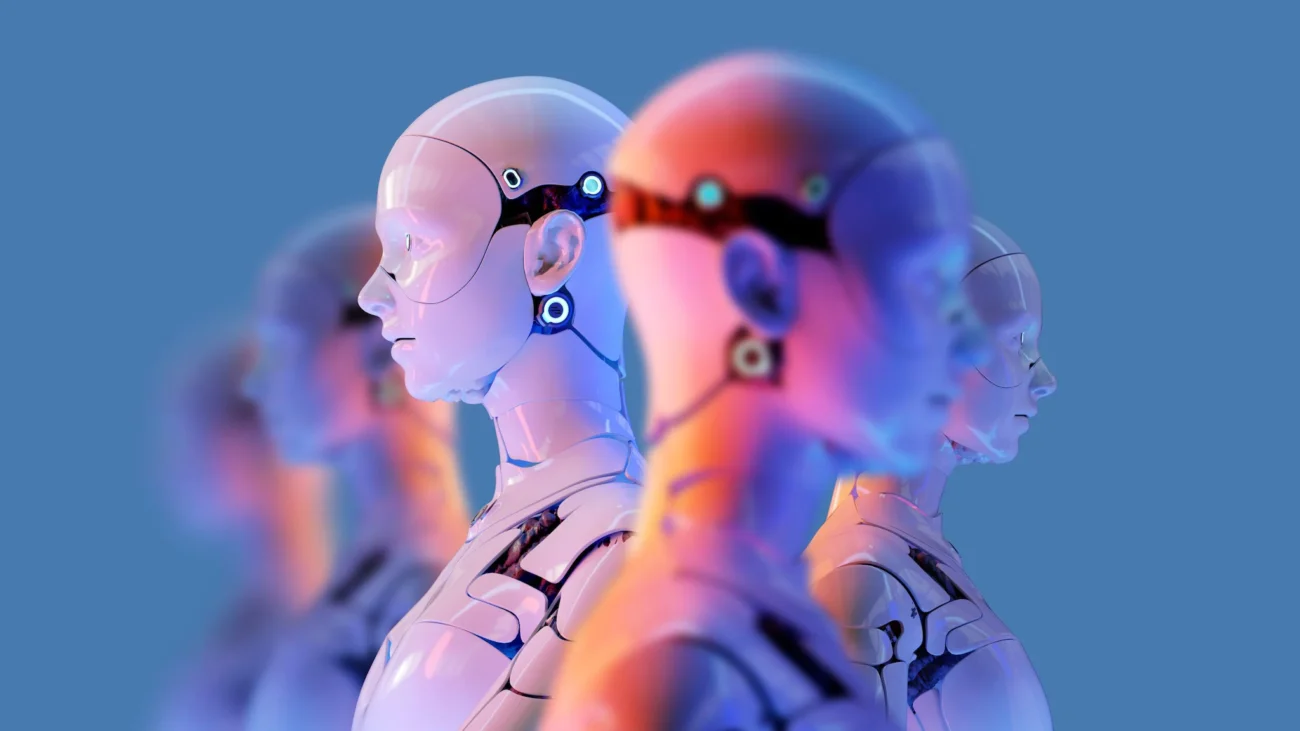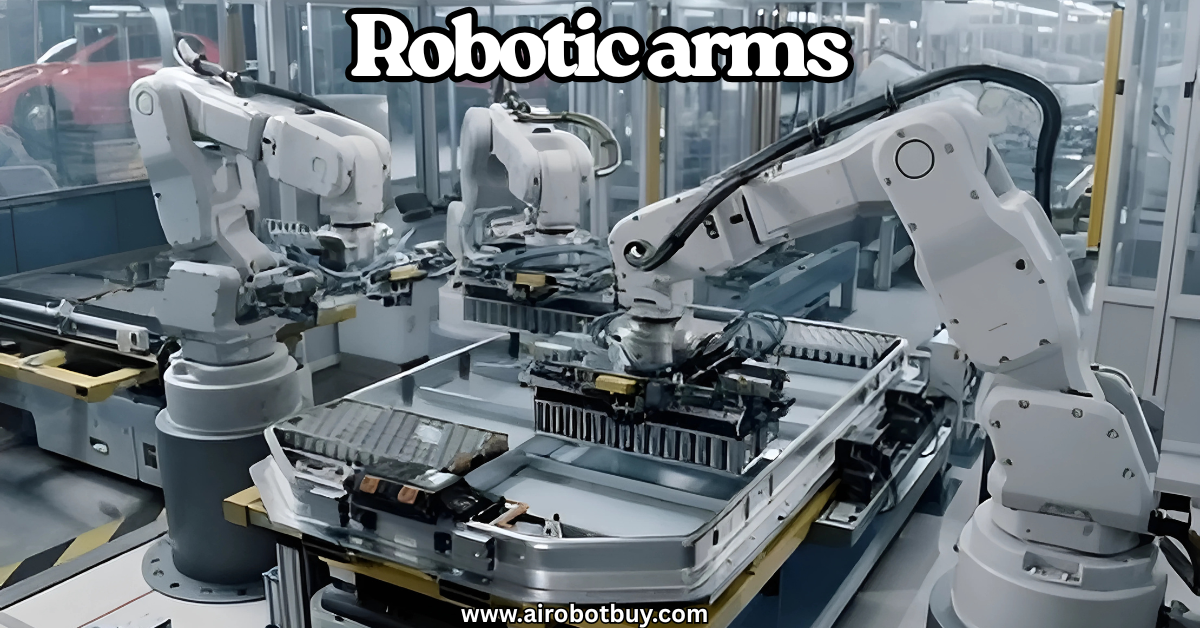In 2025, the robotics industry isn’t just evolving — it’s being redefined, and China is leading that transformation. Over the past decade, robotics China has shifted from being a low-cost manufacturing hub to a global force in automation, innovation, and deployment. With a combination of government backing, private investment, AI integration, and real-world use cases, China has built the world’s largest robotics market — and it continues to grow at a rapid pace.
China’s edge isn’t just in how many robots it produces or deploys, but in how it scales, customizes, and exports robotic solutions across sectors like logistics, healthcare, agriculture, and manufacturing. It now holds a dominant share of global installations and is exporting to over 80 countries, making robotics-China a central player in the global automation ecosystem.
This leadership is backed by hard data, a robust policy framework, and a new generation of companies challenging global giants. Robotics China is not a future trend — it’s the present reality.
Robotics China Dominates Global Innovation in 2025

In this guide, we will explain how China became the leader in robotics, what drives its growth, and what the rest of the world can learn from it.
In 2025, the global robotics landscape has experienced a fundamental shift. Once dominated by Japan, Germany, and the United States, the new epicenter of growth, deployment, and innovation is now firmly in Asia—led by China. Robotics-China has moved beyond being a manufacturing hub for foreign brands and has become the largest market and fastest-growing innovator in the world. This transformation didn’t occur in a vacuum. It is the result of long-term policy planning, capital investment, education reform, and a national ambition to lead in next-generation technologies. From industrial automation to AI-integrated service robots, robotics China now influences global supply chains, pricing, talent, and technological standards. Visit here!
The Numbers Don’t Lie – A Data-Driven Rise
The growth of robotics China is supported by measurable data across sectors:
| Metric | China (2025) | Global Share |
|---|---|---|
| Industrial Robot Installations | 310,000+ | ~40% |
| Domestic Robotics Market Value | $17 billion | Largest in world |
| Robot Density (manufacturing) | 392 per 10,000 workers | Above U.S., approaching Germany |
| CAGR (2024–2028) | 13% | Leading growth rate |
Additional insights:
- China surpassed the U.S. in robot-to-worker ratio in late 2024.
- Over 70% of Chinese factories now have some form of robotic automation.
- More than 60% of newly registered robotics patents in 2023 were filed in China.
This data reflects not only China’s internal adoption but its growing influence in the global robotics industry.
Government Support – The Foundation of Robotics China
China’s rise in robotics is underpinned by strong government policy:
- Made in China 2025: Robotics was labeled a key sector for technological independence.
- Local Incentives: Municipal and provincial governments offer subsidies and tax breaks to robotics startups.
- State Funding: Billions have been invested in robotics-focused R&D centers and pilot zones.
- Policy Alignment: AI, 5G, and smart manufacturing policies are tightly integrated with robotics goals.
Government direction is one of the most critical drivers behind robotics China’s rapid development. Unlike more market-driven economies, China uses long-term policy cycles to align industry goals with national strategic interests.
Homegrown Giants Taking on the World
Several Chinese companies are now key players in the global robotics market. Robotics-China is no longer a follower but a leader. Here’s how:
- Companies like DJI, Siasun, Estun Automation, and UBTECH are developing proprietary robotic systems.
- These firms have built global supply chains and are exporting to over 80 countries.
- Chinese robotics exports are growing at over 20% year-over-year.
- Robotics-China firms increasingly dominate mid-cost automation, especially in emerging markets.
Key indicators of success:
- Increasing global brand recognition.
- Localized versions of robots for international markets.
- International certifications (CE, ISO, FDA) becoming standard.
AI + Robotics = China’s Secret Sauce
A defining characteristic of robotics China is its integration with artificial intelligence:
- AI algorithms developed in China are being embedded directly into robotic systems.
- Strong data ecosystems support machine learning for robotics training.
- Robotics platforms use real-time visual and sensory data for autonomous decision-making.
Key synergies:
- Vision systems: Integrated facial and object recognition.
- Predictive analytics: Maintenance and performance forecasting.
- Language models: Natural language processing for human-robot interaction.
China’s access to massive datasets and integration across AI, IoT, and robotics makes it unique in scaling smarter, adaptive automation.

Real-World Use Cases Driving Global Impact
Robotics China is not just about R&D. Real deployments are driving global efficiency:
- Manufacturing:
- Robotic arms in auto and electronics assembly.
- CNC and laser robots for precision machining.
- Logistics:
- Autonomous mobile robots (AMRs) for warehouse picking.
- Last-mile delivery bots in urban areas.
- Healthcare:
- Service robots for hospital logistics.
- Surgical-assist robots for minimally invasive procedures.
- Education:
- Educational robots in schools for coding and STEM programs.
- AI tutors with speech and facial recognition.
- Agriculture:
- Drones and field robots for planting, monitoring, and harvesting.
These applications are being scaled both domestically and in Belt and Road Initiative (BRI) countries.
Global Expansion — China’s Robotics Export Strategy
Robotics-China is increasingly global:
- Belt and Road Integration: Robots are being exported as part of infrastructure and tech deals.
- Training Centers Abroad: China has launched robotics training programs in Asia and Africa.
- Joint Ventures: Co-production with partners in Europe, ASEAN, and Latin America.
Export targets:
| Region | Focus Robotics Exports |
| Southeast Asia | Logistics & factory automation |
| Africa | Agricultural & educational robots |
| Europe | AI-integrated service robots |
| South America | Industrial welding & packaging systems |
Robotics China is positioning itself as the default supplier for the Global South, while gradually entering mature Western markets.
Challenges and Criticisms — Not Everything Is Perfect
Despite its growth, robotics China faces significant hurdles:
- Dependency on Key Components: Still reliant on imported servos, sensors, and chips.
- Quality Assurance: Concerns about long-term reliability in global markets.
- Overproduction: A saturated domestic market with hundreds of startups duplicating products.
- Talent Gap: Despite scale, still lacking in senior robotics engineers with 10+ years of experience.
Q&A:
Q: Is Chinese robotics innovation original or copied?
A: Increasingly original, especially in AI-robotics integration, though challenges remain in high-end component design.
Q: Will robotics China lead or just compete?
A: It is already leading in scale, application diversity, and affordability. Quality leadership is the next hurdle.
The Road Ahead – What to Expect Beyond 2025
As robotics China matures, several trends will define the next phase:
- Domestic Chip Development: Major investment in robotic-specific semiconductors.
- Global Standardization: China will push for ISO-aligned frameworks led by its own experts.
- Next-Gen Robotics: Development of humanoid and swarm robots for services and defense.
- Cross-Industry Integration: Closer fusion of robotics with cloud computing, digital twins, and smart factories.
Guidance for foreign companies:
- Consider partnerships, not just competition.
- Focus on niche segments where Chinese providers are still developing.
- Learn from robotics China’s speed, scalability, and deployment efficiency.

Conclusion
Robotics China is no longer a rising player — it’s a global leader, setting the direction for how automation and intelligent machines will shape the future. Backed by strategic government policy, a massive domestic market, AI integration, and aggressive international expansion, China has positioned itself at the center of global robotics innovation in 2025.
While challenges remain — such as dependency on core components and global trust in product quality — China’s approach to scaling robotics across industries is unmatched. Its ability to deploy robotics at speed, adapt them to real-world use, and export both products and knowledge is transforming supply chains, labor models, and digital infrastructure worldwide.
For businesses, researchers, and policymakers, watching robotics China isn’t optional — it’s essential. Whether it’s for competition, collaboration, or inspiration, understanding China’s robotics ecosystem is key to navigating the future of automation.
As we move beyond 2025, robotics China is not just part of the global robotics conversation — it is actively shaping what comes next. The rest of the world is now responding to China’s lead.






























